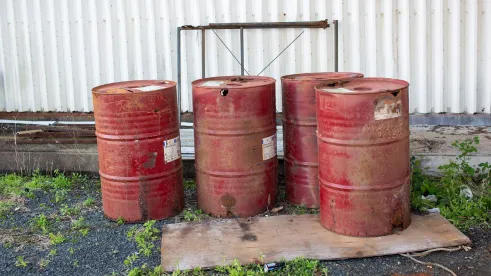On August 22, 2023, the U.S. Environmental Protection Agency (EPA) published ChemExpo, a free, publicly available search and visualization tool for exploring chemical use data relevant to exposure assessment that has been curated from public documents. According to EPA, the interactive web application focuses on data collected by EPA about how chemicals are used in commerce and how they occur in consumer and industrial products. EPA notes that under the Toxic Substances Control Act (TSCA), it is required to assess, manage, and evaluate the safety of existing chemicals, including their exposure potential. EPA states that for many chemicals and product types, there are gaps in the exposure information needed to make informed chemical safety decisions, including qualitative and quantitative information about how these chemicals are used and how they may be released.
According to EPA, the ChemExpo team actively works to curate these data into consumer and occupational product categories, chemical functional categories, and exposure-relevant keywords, as well as to substance identifiers (DTXSID) used by EPA and the CompTox Chemicals Dashboard (Dashboard). These data are collectively known as the Chemical and Products Database (CPDat). CPDat contains information that maps more than 49,000 chemicals to a set of terms categorizing their usage or function in 16,000 consumer product types (e.g., shampoo, soap) based on what chemicals they contain.
EPA states that while these data can be accessed via the Dashboard in summary form or via the stand-alone, machine-readable CPDat database, ChemExpo “provides a user-friendly interface to explore, search, and download chemical data drawn from CPDat for exposure risk assessment.” According to EPA, “[o]ne goal of the ChemExpo beta release is to collect feedback on functionality and usability.” The ChemExpo team welcomes any comments or reporting of issues via e-mail at chemexpo.support@epa.gov. EPA will incorporate user feedback into the final version of the application, along with that obtained via formal external peer review.




 />i
/>i

